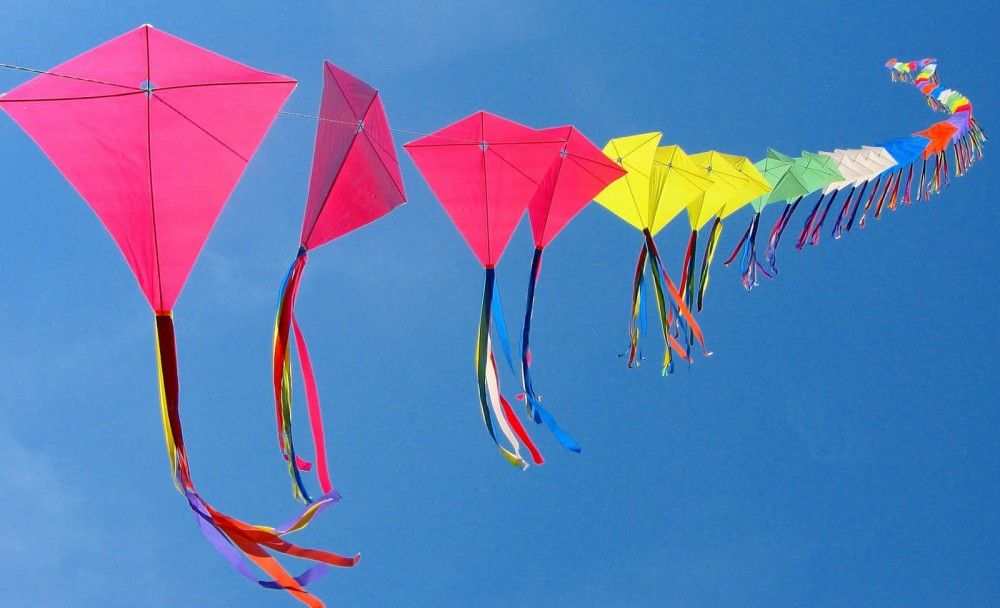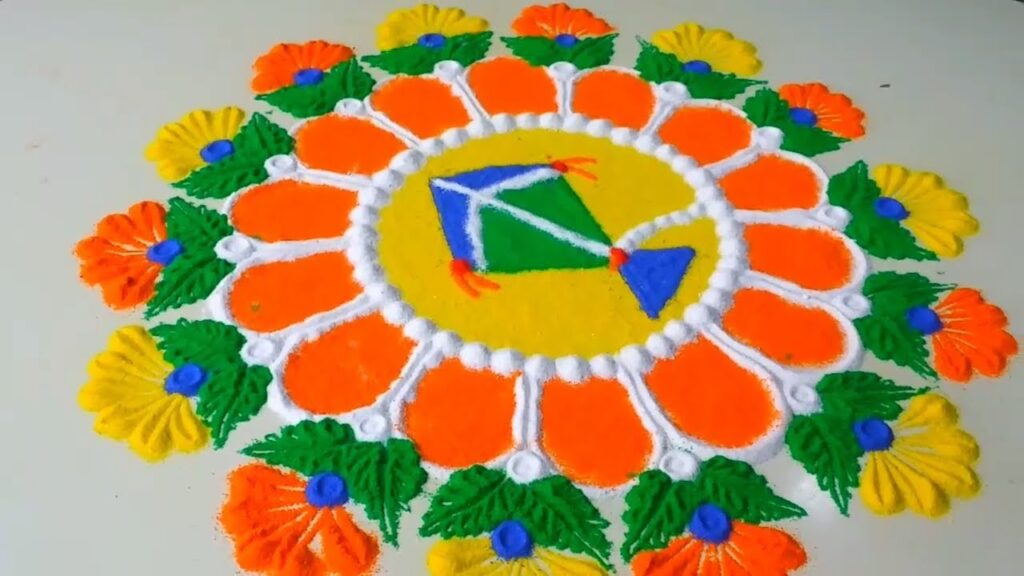
Makar Sankranti 2023: Date, origin and history of festival

Makar Sankranti is marked a day after Lohri, and it falls on 15 January this year.
The auspicious Hindu festival of Makar Sankranti marks the Sun’s transit into Makara (Capricorn) rashi (zodiac sign). The celebration is dedicated to Lord Surya (Sun God). The festivity also marks the start of harvest season. On Makar Sankranti, people worship the new harvest and share it with delight. During the Makar Sankranti celebrations, people go for a holy dip in sacred water bodies. People also fly kites, and prepare sweets with jaggery and sesame. As per traditional beliefs, the Sun’s transition to Makara invites positive changes to one’s life, and marks new beginnings.
Date:

Makar Sankranti is observed a day after Lohri, and it falls on 15 January this year. As per the Drik Panchang, Makara Sankranti Punya Kala will be from 7:15 AM to 5:46 PM on 15 January. On the other hand, Makara Sankranti Maha Punya Kala is going to be from 7:15 AM to 9:00 AM.
The Sankranti activities that should be done during Punya Kaal include:
- Offering Naivedhya to Lord Surya
- Taking bath
- Offering charity
- Performing Shraddha rituals
- Breaking fast or Parana
- It should be noted that all the Punya Kaal activities should be done in daytime.
Origin and History of the Festival:
Makar Sankranti has been mentioned in two of India’s religious texts, Puranas and the Mahabharata. As per some beliefs, the Vedic sage Vishwamitra started the celebration of this festival. It is also believed that the Pandavas took part in such celebrations during their exile in the Mahabharata.
The goddess Sankranti is also worshiped on this day. Makar Sankranti also marks the incident when the goddess slew the demon Sankarasur.
The traditions related to Makar Sankranti have various names based on the region it is being celebrated in. For instance, in the northern region of Punjab and Haryana, the festival is called Maghi and it is preceded by Lohri. The festival is called Magh Bihu in Assam, Sukarat in central India, and Thai Pongal or Pongal in Tamil Nadu.
Significance:
Every year Makar Sankranti is celebrated in the month of January. This festival is dedicated to the Hindu religious sun god Surya This significance of Surya is traceable to the Vedic texts, particularly the Gayatri Mantra, a sacred hymn of Hinduism found in its scripture named the Rigveda. According to the constitution of God, Our Holy Vedas and Shrimad Bhagwat Geeta, if we take initiation from a Complete Guru/Saint and worship Supreme God and attain emancipation. By performing true scripture-based way of worship, one’s life becomes blessed, and the Earth will become heaven.
Makara Sankranti is regarded as important for spiritual practices and accordingly, people take a holy dip in rivers, especially Ganga, Yamuna, Godavari, Krishna and Kaveri. The bathing is believed to result in merit or absolution of past sins. They also pray to the sun and thank for their successes and prosperity. A shared cultural practices found amongst Hindus of various parts of India is making sticky, bound sweets particularly from sesame (til) and a sugar base such as jaggery (gud, gur, gul). This type of sweet is a symbolism for being together in peace and joyfulness, despite the uniqueness and differences between individuals. For most parts of India, this period is a part of early stages of the Rabi crop and agricultural cycle, where crops have been sown and the hard work in the fields is mostly over. The time thus signifies a period of socializing and families enjoying each other’s company, taking care of the cattle, and celebrating around bonfires, in Gujarat the festival is celebrated by flying kites.

Makara Sankranti is an important pan-Indian solar festival, known by different names though observed on the same date, sometimes for multiple dates around the Makar Sankranti. It is known as Pedda Panduga in Andhra Pradesh, Makara Sankranti in Karnataka, Telangana, and Maharashtra, Pongal in Tamil Nadu,Magh Bihu in Assam, Magha Mela in parts of central and north India, as Makar Sankranti in the west, Makara Sankranti or Shankaranti in Kerala, and by other names.
Makar Sankranti 2023 Shubh Muhurat
Punya Kaal morning – 7.15 am to 12.30 am (duration: 5 hours 14 minutes)
Mahapunya Kaal morning – 7:15:13 to 9:15:13 (Duration: 2 hours)
Things to do on Makar Sankranti

- Take bath before sunrise on the day of Makar Sankranti
- After taking a bath, offer Arghya to the Sun by putting red flowers and Akshat in a Kalash. Chant Surya Beej mantra during this
- Recite Shrimad Bhagwad or Gita on this day
- On the day of Makar Sankranti, it is considered auspicious to donate ghee in addition to sesame seeds, grains and blankets.
- Make sure to make khichdi in food on this day and also offer food to God.
- eat food in the evening
- On this day, apart from the utensil, if you donate sesame seeds to a poor person, then you will get relief from every problem related to Shani.
I Hope you like it
Happy Makar Sankranti all of you
IF YOU LIKE THE POST THEN FOLLOE US :
Email us on:
hubdigisolution@gmail.com
contact us on:
Landline no:+911353558143
Mobile no:
+919808724448
Facebook id:
Linkedin id:
Website:
For these type knowledge contact us :

Digi Hub Solution
Digital Service Provider
Proudly powered by WordPress
